TESS: The Planet Hunter
TESS: The Planet Hunter
So you’re thinking…who’s TESS? But, it’s more like: WHAT is TESS?
The Transiting Exoplanet Survey Satellite (TESS) is an explorer-class planet finder that is scheduled to launch no later than June 2018. This mission will search the entire sky for exoplanets — planets outside our solar system that orbit sun-like stars.

In the first-ever space borne all-sky transit survey, TESS will identify planets ranging from Earth-sized to gas giants, orbiting a wide range of stellar types and orbital distances.
The main goal of this mission is to detect small planets with bright host stars in the solar neighborhood, so that we can better understand these planets and their atmospheres.

TESS will have a full time job monitoring the brightness of more than 200,000 stars during a two year mission. It will search for temporary drops in brightness caused by planetary transits. These transits occur when a planet’s orbit carries it directly in front of its parent star as viewed from Earth (cool GIF below).

TESS will provide prime targets for further, more detailed studies with the James Webb Space Telescope (JWST), as well as other large ground-based and space-based telescopes of the future.
What is the difference between TESS and our Kepler spacecraft?
TESS and Kepler address different questions: Kepler answers “how common are Earth-like planets?” while TESS answers “where are the nearest transiting rocky planets?”

What do we hope will come out of the TESS mission?
The main goal is to find rocky exoplanets with solid surfaces at the right distance from their stars for liquid water to be present on the surface. These could be the best candidates for follow-up observations, as they fall within the “habitable zone” and be at the right temperatures for liquid water on their surface.
TESS will use four cameras to study sections of the sky’s north and south hemispheres, looking for exoplanets. The cameras would cover about 90 percent of the sky by the end of the mission. This makes TESS an ideal follow-up to the Kepler mission, which searches for exoplanets in a fixed area of the sky. Because the TESS mission surveys the entire sky, TESS is expected to find exoplanets much closer to Earth, making them easier for further study.
Stay updated on this planet-hunting mission HERE.
Want to learn more? Join our Twitter Q&A on May 18 at 1:00 p.m. EDT. Use #AskTESS for questions!
Make sure to follow us on Tumblr for your regular dose of space: http://nasa.tumblr.com
More Posts from Allisonkitten and Others
🔥

Zodiac Fire Signs | Are you following http://thezodiaccity.com?



The Orion Nebula.
Credit: NASA, ESA and the Hubble Heritage Team (STScI/AURA)
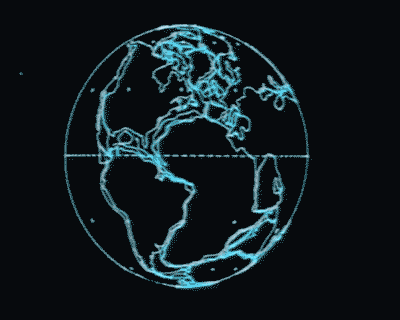
UM... NEED!!

Planet Ring Set
What’s Up for March 2016?
In March, Jupiter, it’s moons and moon shadows will all be visible in the sky. Find out when and where to look up:

Jupiter dominates the evening sky this month, rising at sunset and setting at dawn. On March 8, Jupiter reaches what is called “opposition”. Imagine that Jupiter and the sun are at opposite ends of a straight line, with the Earth in between. This brings Jupiter its closest to Earth, so it shines brighter and appears larger in telescopes.

On the nights of March 14 – 15, March 21 – 22 and March 29, two of Jupiter’s moons will cross the planet’s disk.

When the planet is at opposition and the sun shines on Jupiter’s moons, we can see the moon’s shadow crossing the planet. There are actually 11 of these double shadow transits in March!

The next six months will be awesome times for you to image Jupiter when it’s highest in the sky; near midnight now, and a little earlier each night through the late summer.
Even through the smallest telescopes or binoculars, you should be able to see the two prominent belts on each side of Jupiter’s equator made up of the four Galilean moons: Io, Europa Ganymede and Calisto. If you have a good enough view, you may even see Jupiter’s Red Spot!

Our Juno spacecraft will arrive at Jupiter on July 4th of this year and will go into orbit around the giant planet. Right now, the Juno mission science team is actively seeking amateur and professional images of the planet. These images are uploaded to a Juno website, and the public is invited to discuss points of interest in Jupiter’s atmosphere.

Locations will later be voted on and the favorites will be targets for JunoCam, the spacecraft’s imaging camera. Once JunoCam has taken the images, they’ll be posted online. Imaging participants can then process these raw mission images and re-upload them for others to view.

Make sure to follow us on Tumblr for your regular dose of space: http://nasa.tumblr.com
Solar System: Things to Know This Week
Our solar system is huge, so let us break it down for you. Here are five things you need to know this week:
1. The Lure of the Rings

Scientists and stargazers alike can’t resist the call of Saturn’s rings, or of its moon Titan. Both have been under close scrutiny by the Cassini spacecraft lately, and there are striking new pictures to prove it. Check out the latest images HERE.
2. A New Moon Rises

The Lunar Reconnaissance Orbiter has captured dramatic landscapes on the moon for more than six years. “A New Moon Rises,” now on display at the Smithsonian National Air and Space Museum in Washington, DC, showcases those images ranging from Apollo landing sites to mountains that rise out of the darkness of the lunar poles. See an online version of the exhibit HERE.
3. Around the (Giant) World in (Just Under) 88 Days

The Juno mission is closing in on Jupiter. On July 4, the spacecraft enters orbit around the king of planets. Learn more about Juno HERE.
4. Spiders and Volcanoes and Glaciers, Oh My

The more data that New Horizons spacecraft sends down about Pluto and its moons, the more there is to fascinate explorers, from spider-shaped canyons to signs of glacial flow. Take a peek at the new finds on Pluto HERE.
5. World of Wonders

Hexagonal craters, mysterious mountains, eye-catching bright patches — the dwarf planet Ceres is proving to be an intriguing place. The Dawn mission is looking for clues to how it works. See the latest from Ceres HERE.
Want to learn more? Read our full list of the 10 things to know this week about the solar system HERE.
Make sure to follow us on Tumblr for your regular dose of space: http://nasa.tumblr.com
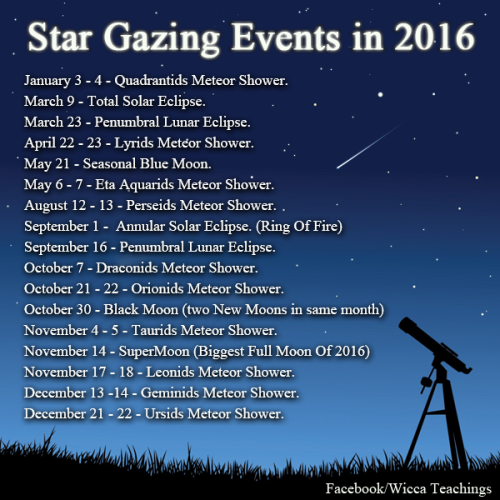
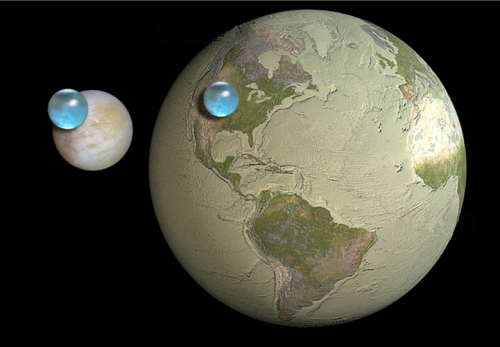
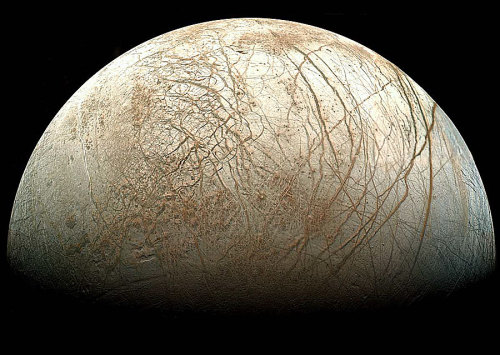
Life on an Icy Moon
Jupiter’s moon Europa is the size of the Earth’s moon, and yet it holds more than twice as much water as all of Earth’s oceans combined. Europa’s salty ocean covers the entire surface, and the crust is completely frozen over because the moon is 780,000,000 km from the sun and has an average temperature of -160 degrees Celsius. The icy moon’s orbit is eccentric, orbiting in an oval instead of a circle, and so Jupiter’s enormous gravitational pull constantly squeezes and stretches the moon, creating constant motion and likely the surface cracks too. This tidal heating generates warmth, which creates a significant chance that this distant ocean is harboring life. Radiation from Jupiter’s magnetosphere could destroy life at shallow depths, but new research suggests that there’s oxygen available in the subsurface ocean that could support oxygen-based metabolic processes. Scientists must now determine how deep such organisms must hide in order to avoid radiation, and therefore how deep we need to go to find them. The icy crust might be hundreds of metres or even kilometres thick, and so sending a probe through the surface would be difficult, but we have to try, because Europa is one of the best potential sources for extraterrestrial life in the solar system.
Read more—could the oceans be too acidic for life?
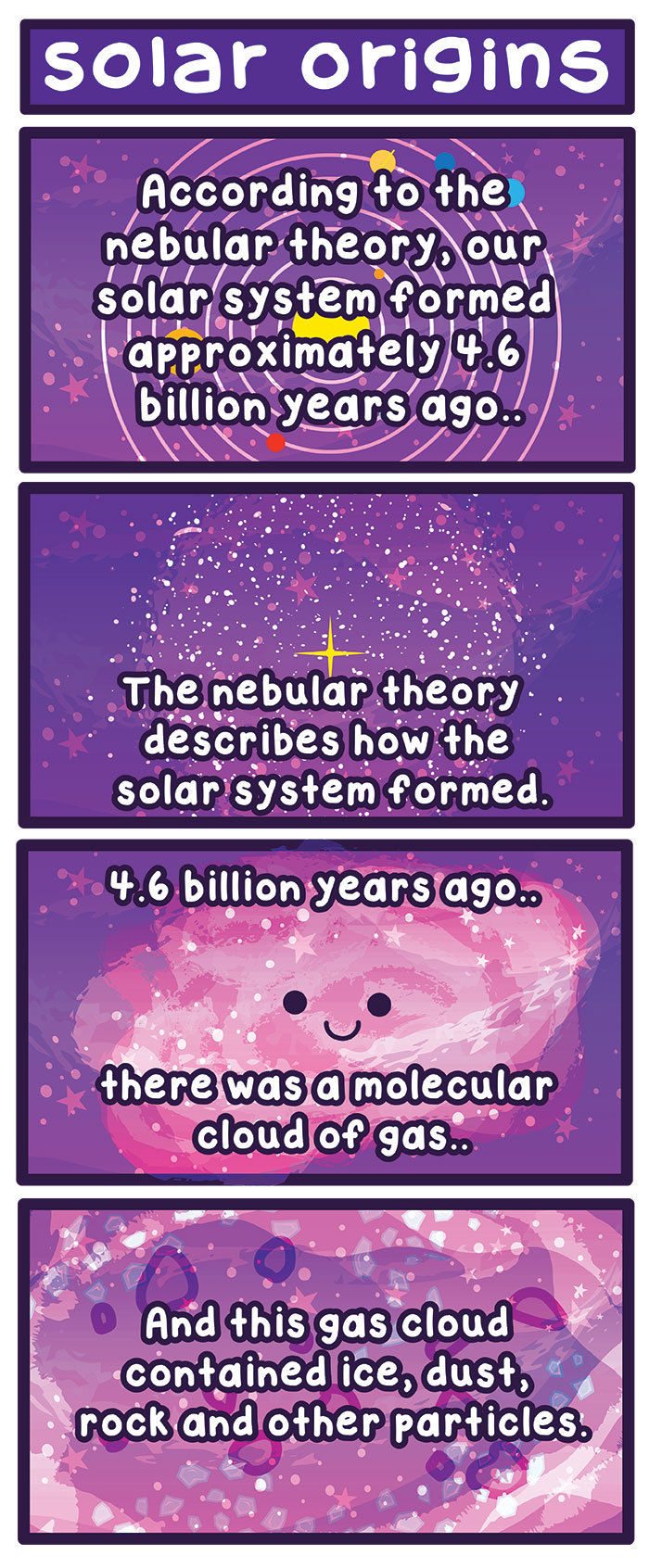
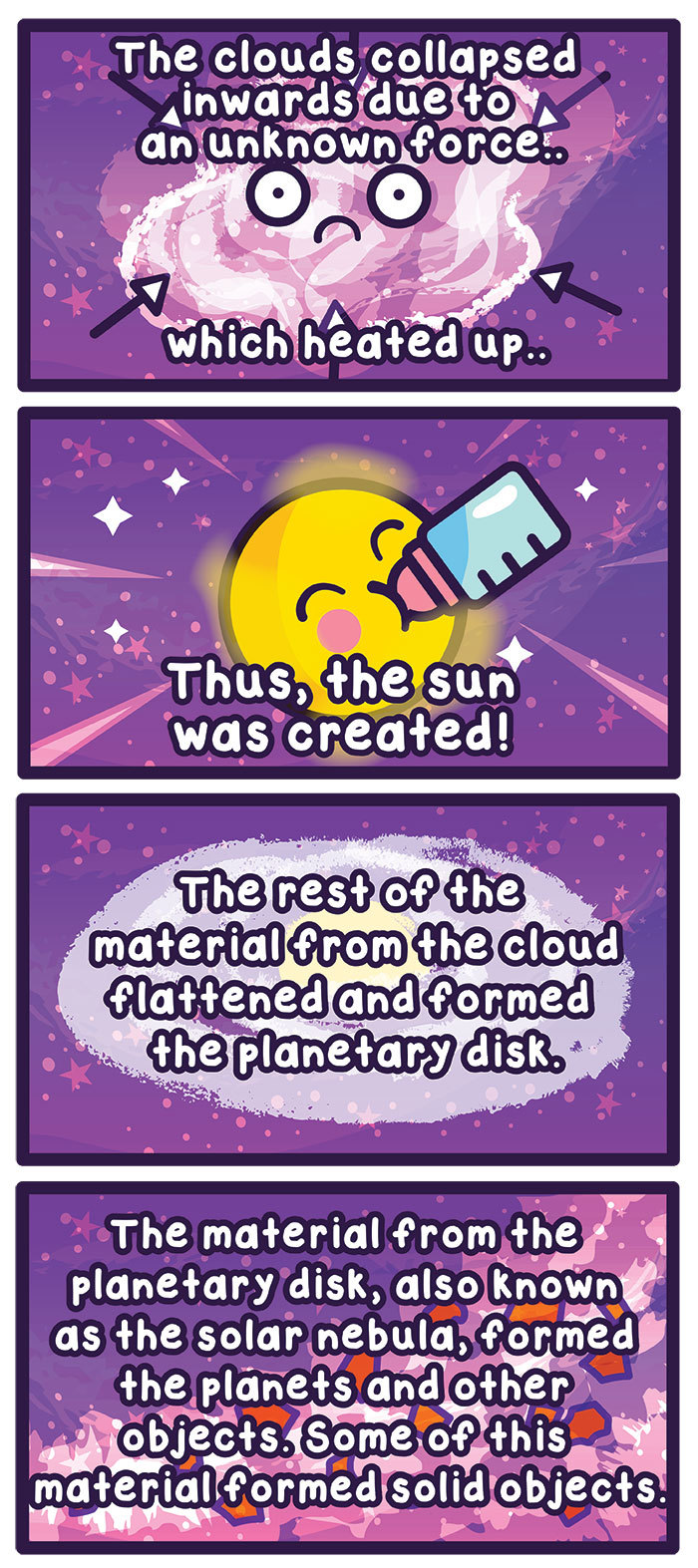
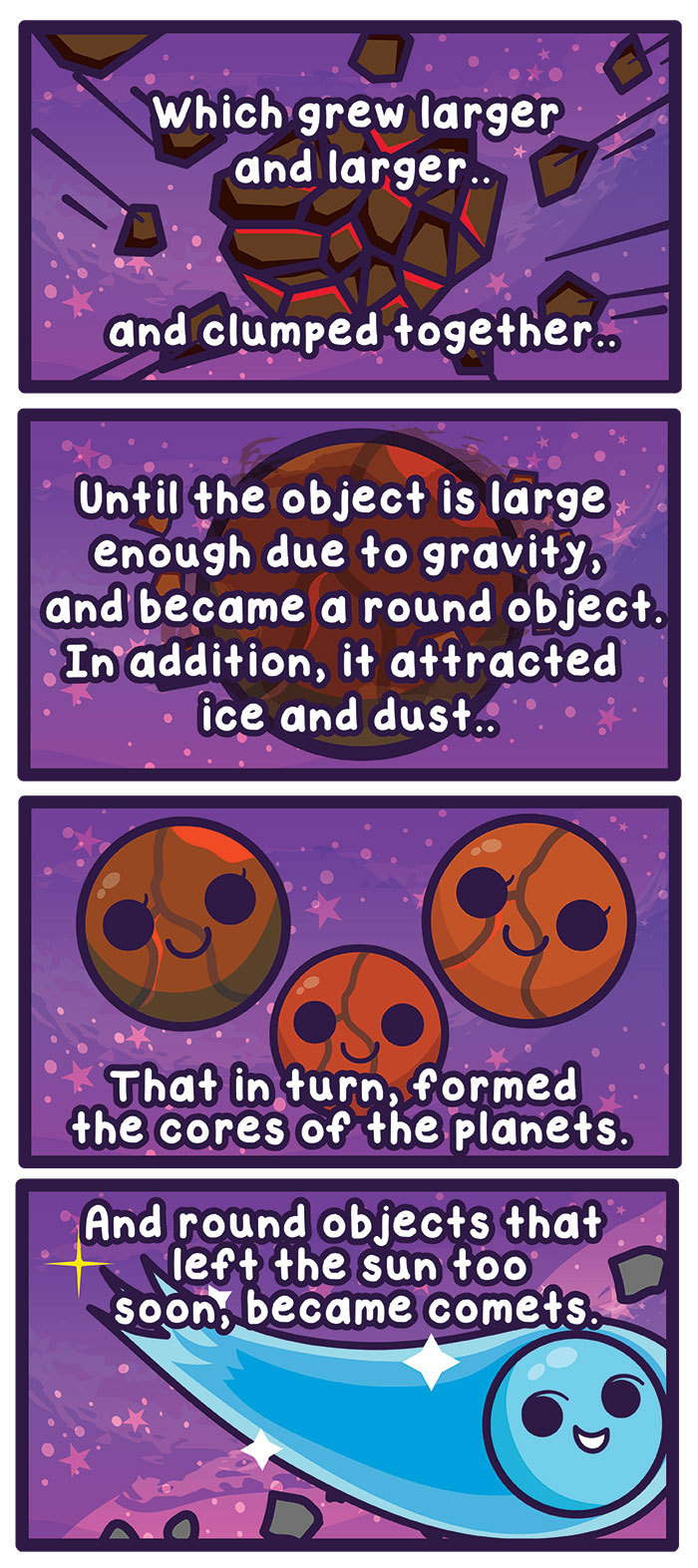
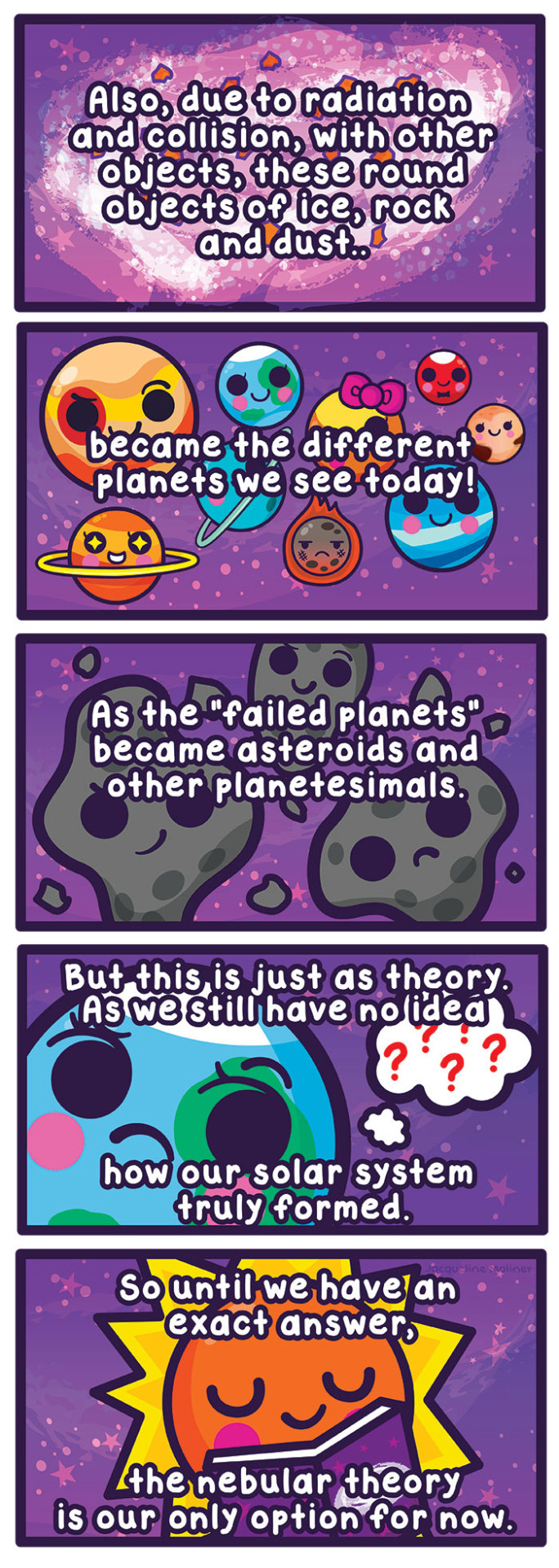
-
 thnks-fr-th-samulet liked this · 5 years ago
thnks-fr-th-samulet liked this · 5 years ago -
 shiva-s liked this · 5 years ago
shiva-s liked this · 5 years ago -
 aspergers1044 liked this · 6 years ago
aspergers1044 liked this · 6 years ago -
 worldart1 reblogged this · 6 years ago
worldart1 reblogged this · 6 years ago -
 worldart1 liked this · 6 years ago
worldart1 liked this · 6 years ago -
 starseed-thecreator liked this · 6 years ago
starseed-thecreator liked this · 6 years ago -
 burningtechnologysciencepie-blog liked this · 7 years ago
burningtechnologysciencepie-blog liked this · 7 years ago -
 ankolie liked this · 7 years ago
ankolie liked this · 7 years ago -
 adventures2evr reblogged this · 7 years ago
adventures2evr reblogged this · 7 years ago -
 justinrezz liked this · 7 years ago
justinrezz liked this · 7 years ago -
 midnightlunchbreak reblogged this · 7 years ago
midnightlunchbreak reblogged this · 7 years ago -
 91001tv reblogged this · 7 years ago
91001tv reblogged this · 7 years ago -
 foodporn-unicorn reblogged this · 8 years ago
foodporn-unicorn reblogged this · 8 years ago -
 yodaddy619 reblogged this · 8 years ago
yodaddy619 reblogged this · 8 years ago -
 yodaddy619 liked this · 8 years ago
yodaddy619 liked this · 8 years ago -
 israeldcaveman liked this · 8 years ago
israeldcaveman liked this · 8 years ago -
 fleurdebach5-blog liked this · 8 years ago
fleurdebach5-blog liked this · 8 years ago -
 yozoshimada liked this · 9 years ago
yozoshimada liked this · 9 years ago -
 everyone-wants-something liked this · 9 years ago
everyone-wants-something liked this · 9 years ago -
 modernrenaissancewoman-blog1 liked this · 9 years ago
modernrenaissancewoman-blog1 liked this · 9 years ago -
 mizzsweet1 reblogged this · 9 years ago
mizzsweet1 reblogged this · 9 years ago -
 thingsmydadmightlike-blog reblogged this · 9 years ago
thingsmydadmightlike-blog reblogged this · 9 years ago -
 darthmelyanna reblogged this · 9 years ago
darthmelyanna reblogged this · 9 years ago -
 tyusening reblogged this · 9 years ago
tyusening reblogged this · 9 years ago -
 greenhouseghost liked this · 9 years ago
greenhouseghost liked this · 9 years ago -
 golpederemo reblogged this · 9 years ago
golpederemo reblogged this · 9 years ago -
 feministbug liked this · 9 years ago
feministbug liked this · 9 years ago -
 cryptonaut liked this · 9 years ago
cryptonaut liked this · 9 years ago -
 exxos-von-steamboldt reblogged this · 9 years ago
exxos-von-steamboldt reblogged this · 9 years ago -
 tbuchmueller liked this · 9 years ago
tbuchmueller liked this · 9 years ago -
 greybeard55 reblogged this · 9 years ago
greybeard55 reblogged this · 9 years ago -
 greybeard55 liked this · 9 years ago
greybeard55 liked this · 9 years ago -
 ralfmaximus reblogged this · 9 years ago
ralfmaximus reblogged this · 9 years ago -
 ralfmaximus liked this · 9 years ago
ralfmaximus liked this · 9 years ago -
 tobaeus reblogged this · 9 years ago
tobaeus reblogged this · 9 years ago -
 theweatherbeingcold liked this · 9 years ago
theweatherbeingcold liked this · 9 years ago -
 theweatherbeingcold reblogged this · 9 years ago
theweatherbeingcold reblogged this · 9 years ago -
 signerj liked this · 9 years ago
signerj liked this · 9 years ago -
 super-sparkle-mikakay-world reblogged this · 9 years ago
super-sparkle-mikakay-world reblogged this · 9 years ago -
 cyclic-origin reblogged this · 9 years ago
cyclic-origin reblogged this · 9 years ago -
 vicroc4 reblogged this · 9 years ago
vicroc4 reblogged this · 9 years ago
Just a socially awkward college student with an interest in the celestial bodies in our universe.
279 posts